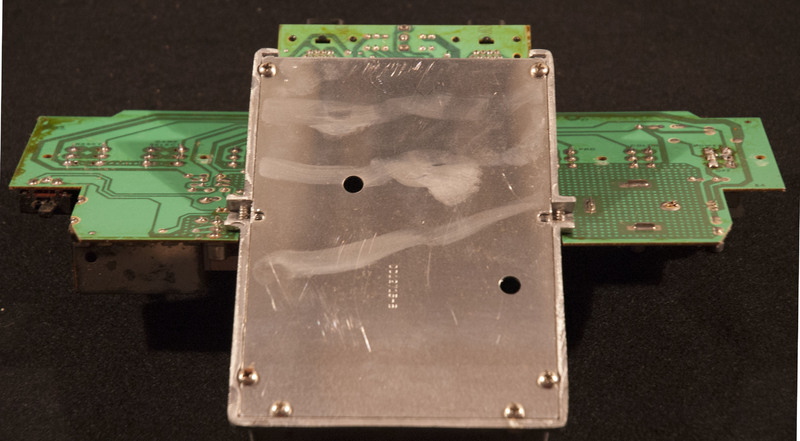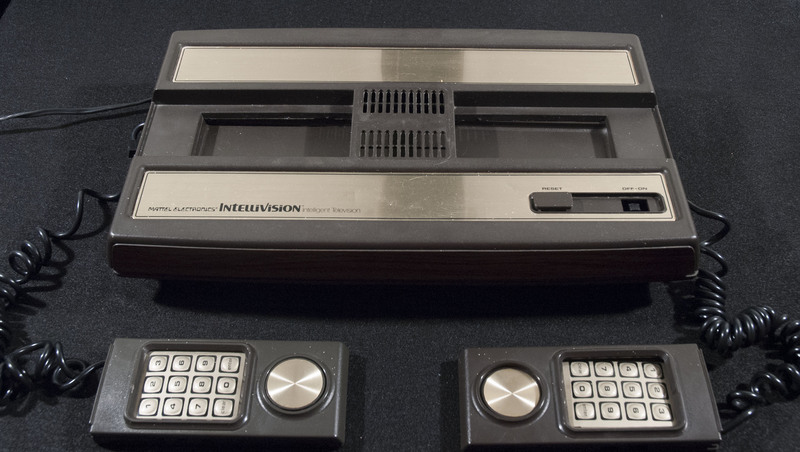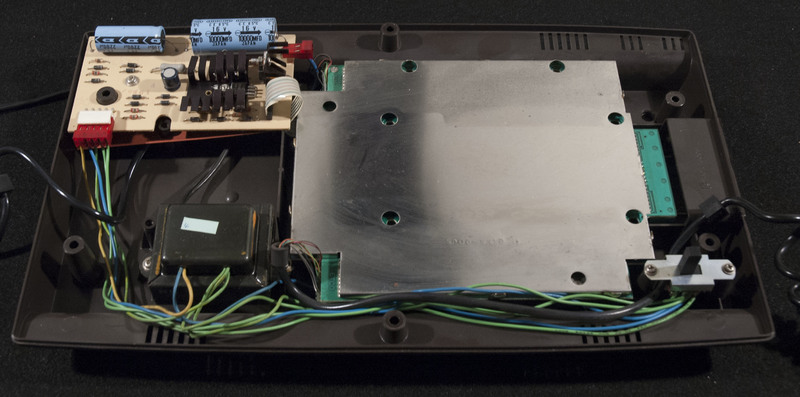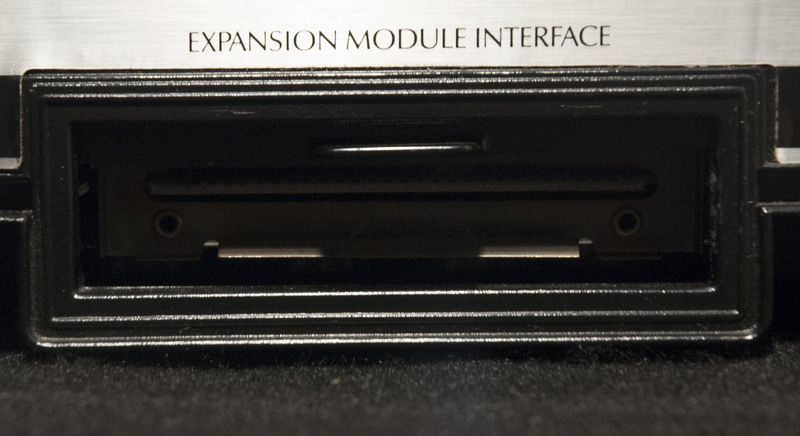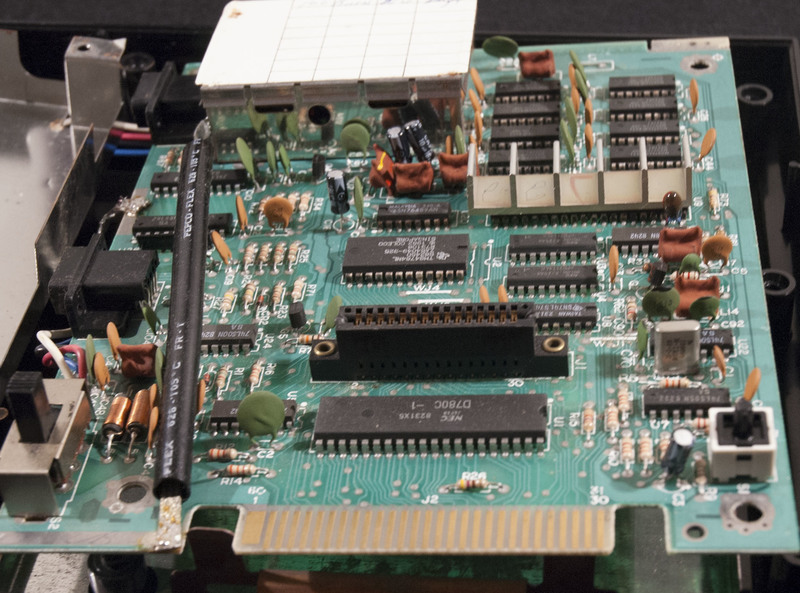Second Generation (1976-1984)
The second generation of video game consoles began in 1976 and lasted until 1984. This generation carried some distinct features separating its consoles from those of the earlier generation. Microprocessors were developed, and gamefields spanned various flip-screen areas. Graphics increased to 3 bit or 8 colors, audio had up to three channels, and resolution was around 160 x 192 pixels. Additionally, with the advent of microprocessor-based code, games were burned onto Read Only Memory (ROM) chips and installed within plastic cartridges. Consoles included slots for plugging in the cartridges, and the consoles’ microprocessor technology read the cartridges and the games within them, enabling different games to be accessed on one console.
Second generation consoles first came on the scene in 1976 with Fairchild Semiconductor’s Fairchild VES (later renamed Fairchild Channel F), the world’s first CPU-based console. The following year, Atari released their own CPU-based console, eventually known as Atari 2600. This console dominated the market for most of the second generation. However, a few other console’s gained significant portions of the market. One of these consoles was Magnavox’s Odyssey 2,which was released in 1978. Another successful second generation console was created by Mattel in 1980, called Intellivision. Intellivision utilized a unique processor with wider instructions and registers, allowing for more variety and speed.
In 1982, a few more powerful consoles were released and succeeded in the market, including the ColecoVision and the Atari 5200. The Vectrex was also released, and was unique in that it includes its own vector monitor displaying vector graphics, although it did not achieve commercial success. Also during the time of these powerful second generation consoles, the ROM limit in cartridges was steadily growing. Starting at 2KB in the Atari 2600, ROMs grew to 32KB in ColecoVision using a technique called bank switching, which allowed two parts of a program to use the same memory addresses. While ROM limits and cartridge sizes grew, RAM (memory) capabilities stayed fairly small, as the RAM limit was contained with the console itself.
Atari 2600
Originally named the Atari VCS (Video Computing System), the Atari 2600 video game console was released in 1977. It is known for making the ROM cartridges and microprocessor hardware popular, even though the Fairchild Channel F console first utilized these technologies.
The Atari 2600 gained much success, and dominated the market during the second generation. During the 1980s, “Atari” became a synonym for video games in general. The Atari 2600 was even inducted into the National Toy Hall of Fame in 2007.
The console was first released with two joysticks and a cartridge for the game Combat, with eight other games available for purchase separately. It’s first widely popular game was Space Invaders, released in 1980, which gave way to a steep upswing in Atari, Inc.’s sales. Pac-man was then released in 1982 and became the console’s biggest hit. However, during the video game crash of 1983, Atari’s growth was actually its downfall, causing it to lose huge amounts of money. The development of new console games was stopped, and the console itself was played down for two years.
Intellivision
The Intellivision video game console was released by Mattel in 1979. Intellivision was Mattel’s first and only console until 2006, when they developed HyperScan.
Intellivision was first released with four games, and posed a serious threat to the Atari 2600’s dominance of the market. This was due to advertisements which compared the two consoles side-by-side and demonstrated Intellivision’s superior graphics and audio.
The console featured a unique 16-bit microprocessor with wider instructions and registers, allowing for more variety and speed, as well as an advanced sound chip. Intellivision also featured other innovations: it was the first console to have downloadable games, even though they were wiped from the console when it was shut off; it was the first console to have a controller with a 16-directional pad; it was the first console to have a musical synthesizer keyboard; and it was the first console to have a built-in complete character font.
Intellivision continued to upgrade their features, developing Intellivoice, a device that produced speech in different games. However, the amount of speech that could be contained on the console’s cartridge was small, and Intellivoice did not sell as much as Mattel had expected.
Mattel then designed Intellivision II, released in 1982. This new model was created to be easy and cheap to manufacture, and included an internal ROM program to try and block competitor’s titles. However, the competition quickly found their way around Intellivision II’s software.
During the video game crash of 1983, the division of Mattel which produced Intellivision shut down, though games designed for the console were revamped for more modern consoles such as PlayStation 2.
Colecovision
The ColecoVision console was released in 1982 by Coleco Industries. It was first launched with twelve different games, and licensed Nintendo’s Donkey Kong game, which fostered the console’s popularity. ColecoVision’s claim to fame was that it could offer a gaming experience close to arcade quality. Another emphasized feature of the ColecoVision console was its capability to expand on its existing hardware, and it released several different expansion modules throughout its lifetime. ColecoVision was a tough competitor in the second generation market, but like the other consoles, it was hit hard by the video game crash of 1983. In 1985, the console was officially discontinued.

First Generation (1972-1977)
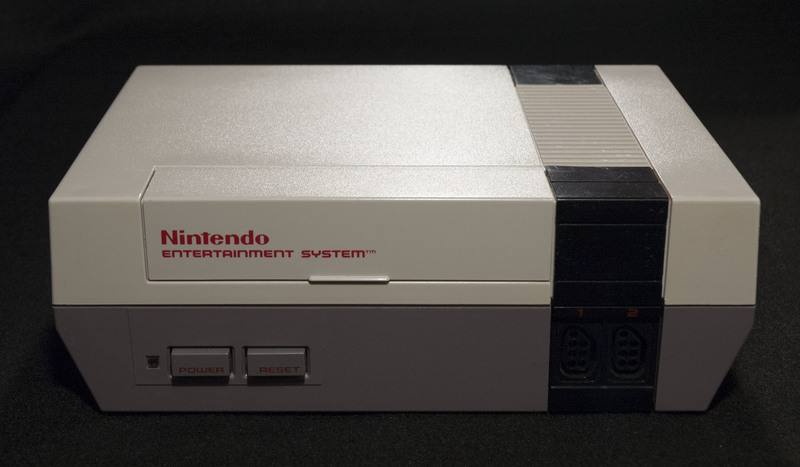
Third Generation (1983-1990)


